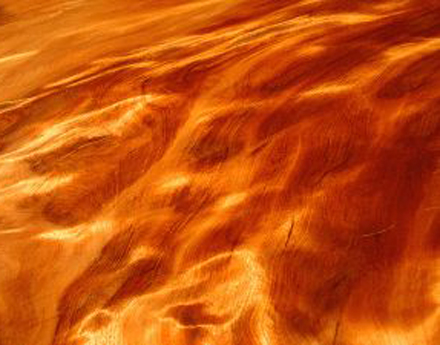
The recent closures of the Hukarahi Block near Whitianga and the iconic Manaia Sanctuary to prevent the spread of kauri dieback have been welcomed by the Coromandel Kauri Dieback Forum. Source: Voxy nz
The Department of Conservation announced the closures last month and Forum chair Vivienne McLean says this is a vital step in protecting Coromandel kauri from the fatal disease.
“The Hukarahi Block contains the first dieback infected site to be identified on the Peninsula, and its continued closure to the public will help contain the disease on this site,” she said. “Kauri dieback has not, to date, been detected in the Manaia Sanctuary, and closure will provide an extra level of protection for this last remaining area of ecologically important, unmodified mature kauri forest.”
Other infected sites have been identified in several areas of the Whangapoua catchment, and the Forum says it is important that residents and visitors to the Coromandel observe good hygiene practices every time they visit or work in forests containing kauri on the Peninsula.
That means scrubbing all soil off footwear, mountain bike tyres, walking poles and any other equipment and machinery that contacts the ground, both before and after every forest visit.
“We are fortunate there are still only a limited number of infected sites detected on the Coromandel, so we can still make a real difference. It is really important we each take personal responsibility for protecting our kauri,” Said Ms McLean.
“Anyone who has been in kauri forests in Northland, Auckland or Great Barrier Island needs to be especially scrupulous, and everyone visiting or working in Coromandel forests also needs to make sure they are not transferring soil from one Peninsula location to another. Don’t assume there’ll be a hygiene station at every track clean your gear before you leave home and again when you get back.”
Coromandel people are already more knowledgeable about kauri dieback than other New Zealanders.
In a survey the Forum carried out at over Christmas for the national dieback programme, nearly 90% of all Coromandel residents who visited the track were aware of kauri dieback, compared with 80% awareness amongst visitors from the rest of New Zealand, and 81% of Coromandel residents knew how the disease is spread compared with 53% for respondents from the rest of the country.
The Coromandel Kauri Dieback Forum will be running a workshop especially designed for Whangapoua landowners and people working in Whangapoua forests on 26 March, starting at 9.15am at the Whangapoua Fire Station.
The Forum is hosting the free half day workshop because the Whangapoua catchment is the Coromandel hot spot for kauri dieback.
Ms McLean says it’s vital that local property owners and all those who work (or play) on the land know what they need to do to prevent the disease spreading further and put it into practice.
The workshop will focus on practical steps to reduce the risk of spreading the disease, including systems for cleaning gear and equipment, managing visitors to your property, what contractors and hunters should do, stock management, and what funding assistance is available for fencing.
There’ll also be an update on the latest science known about kauri dieback disease (or Phytophthora agathadicida, as it is now called).
For more information about the Forum and the Whangapoua workshop email [email protected]





